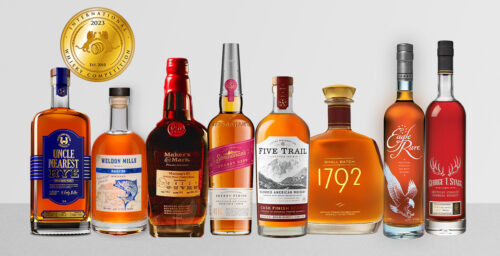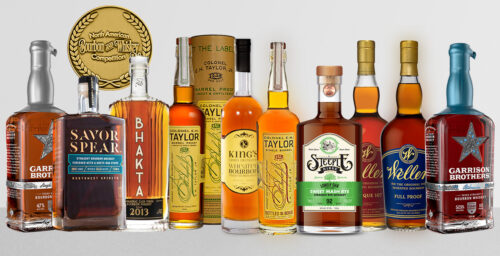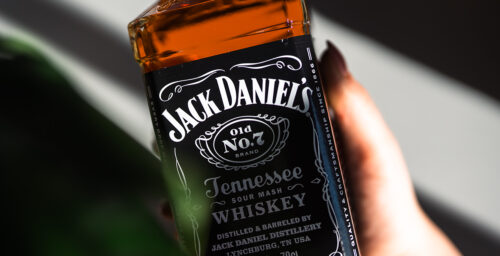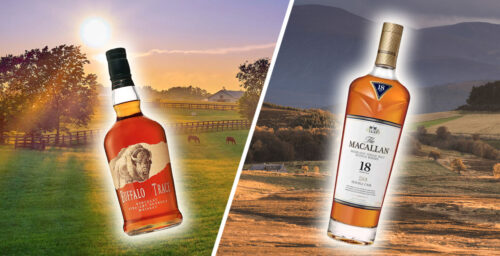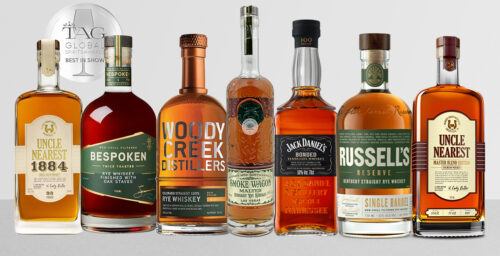Cats and dogs. Oil and water. Mars and Venus. Wine drinkers and whiskey drinkers. Can bridges ever be built between the polar opposites of the world?
Yes. Well, yes with a caveat: Wine and whiskey drinkers aren’t polar opposites. In fact, they have a lot more in common than they might realize at first. In popular culture, the wine drinker is a snooty fancy-pants who hangs out at fine dining restaurants and makes a lot of eye-rolling statements about vintages, terroir, and the merits of various unpronounceable French estates. Whiskey drinkers, on the other hand, are either folksy, down-home guys who love country ham and bluegrass music; suit-wearing investment bankers tipping back $22 Manhattans at hotel bars; or Lemmy from Motörhead.
The reality, of course, is totally different. Wine pairs fantastically with country ham, and some of the snobbiest things I’ve ever heard a person say in real life were over a glass of bourbon, not Bordeaux. Plus, does anybody not from Scotland know how to confidently pronounce “Allt-á-Bhainne?”
No. As whiskey’s connoisseur culture evolves, we’re becoming every bit as elevated, educated, and easily mockable as the wine world—which is why I think wine drinkers can very easily become whiskey drinkers. If you’re an oenophile, here’s how I recommend approaching the world o whiskey. Or, if you’re a whiskey lover out to proselytize to your wine-drinking friends, here’s how I’d proceed.
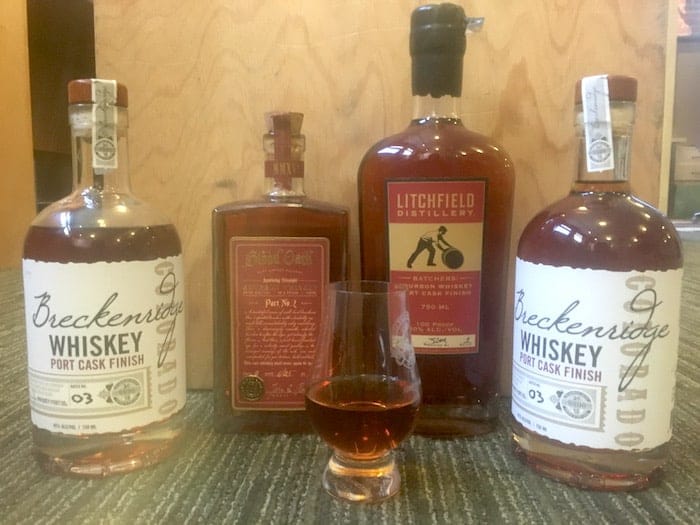
- Emphasize regionality and style
The concept of regional styles is very much part of the wine world, with different nations, growing regions, and even villages producing wines in recognizably distinct styles. That means the concept of regional whiskey styles—like Islay versus Speyside single malts, or Kentucky bourbon versus Northeastern rye—is easily grasped by wine drinkers. Try tasting several different examples of one style to help triangulate in on what makes that style unique, or pour two different verticals of two different but related styles—craft rye and Kentucky rye, for example—to better grasp their differences.
- Get technical
I’m not entirely sure why, but many wine lovers are amazingly well-educated about how wine is grown, made, aged, and marketed—more so than beer, cider, or many spirits drinkers. So don’t be afraid to delve into the more technical side of whiskey. Learn about the differences between different still types, or dive into the weird world of malting. Having a better understanding of how the stuff is made will deepen your ability to appreciate it.
- Consider proof
Wine is, of course, significantly lower in alcohol than whiskey, so to some wine drinkers’ palates, the increased strength can be jarring. Wine drinkers may end up loving cask-strength spirits someday, but there’s no reason to lead off with a big pour of George T. Stagg. Start with some 80-proof releases and work your way up from there.
- But start with straight spirits
Unlike people who enter the world of whiskey from the beer, soft drinks, or cocktails direction, wine drinkers are already accustomed to tasting relatively dry beverages. While many find whiskey most approachable in an old fashioned or Manhattan, those might be too sweet for wine fans, so try spirits neat first.
- Think about balance
Balance—that elusive state where no single flavor or sensation overwhelms the others—is highly prized in wine, perhaps more so than in the rollicking, crazy world of craft beer and cider (hopped strawberry perry with vanilla beans and pink peppercorns, anybody?). For that reason, wine drinkers might be more likely to prefer whiskeys with a sense of balance and finesse (think classic mid-aged bourbons or unpeated single malts) rather than big, tannic, super-aged expressions or highly peated releases.
- Use the bridges that exist
Finishing whiskeys in wine casks isn’t new, but it definitely appears to be growing in popularity. There are a number of fortified wine-finished expressions, like Glenmorangie’s Quinta Ruban or Dalmore’s famous sherry cask-finished releases; as well as whiskeys finished in traditional wine barrels like Amador’s Napa wine-finished bourbon or Hazelburn’s Barolo-finished single malt. They may not taste exactly like the wine that influenced them, but those natural bridges between the world of wine and whiskey can lead lovers of both categories to some fascinating new experiences.


